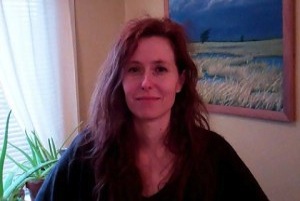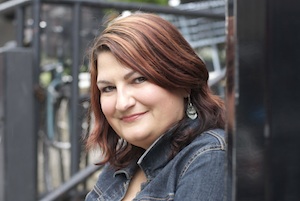08 Feb When to Use Which Type of Captioning
Photo by Gwydion M. Williams
Okay, so we all know there are several types of captioning. And we also know that all captioning should convey any information that would otherwise be lost from a viewing experience if you couldn’t hear the audio: dialogue, non-verbal utterances and tones, changes of speaker, sound effects, music, etc. Captioning should also never interfere with on-screen graphics or supers. This is all a given. But how do you know when to use the different types of captioning for your specific project? Glad you asked!
Generally, there are 2 types of broadcast captioning:
1. Live captioning
Live captioning requires a live (a.k.a. real-time) captioning agency. This type of captioning is for programs going live to air or for those with very short production schedules. Call the professionals. We recommend The Captioning Group in Calgary, and have since the early ’90s!
and
2. Offline captioning
This is what Line 21 specializes in. In offline captioning, we deal in 4 main styles.
We’ve talked about pop-on captioning before but I’ll expand on it here, as there are two different kinds.
Pop-on positioned.
As we’ve seen, these types of captions are phrased into 2-line titles which display sequentially, each one individually timed, with on-screen events synchronized to the actual frame of the film edits. Each caption should form a unit of meaning and should be phrased to make it easy to read and understand. Speaker IDs may be used, but generally, positioned captioning means that captioning is placed on the screen to indicate who is speaking and where sounds are coming from. This is our elite-level service and should always be used for dramas, comedies, shows with lots of speakers, and for TV or DVD.
Pop-on unpositioned.
Here the 2-line captions are phrased and timed as above, but are centre-positioned and centre-justified into 2-line titles which display sequentially. Each line should be individually timed, but not to the exact frame, although this difference should not be jarring. Speaker IDs are not used in this format; a dash is used to indicate when a speaker changes but it is up to the viewer to figure out who the new speaker is. This service is slightly less labour-intensive, so slightly less costly, and could be used for reality programming or documentaries, as well as for the web, where positioned captioning may not be possible.
The third style of captioning is:
Subtitling for the deaf and hard of hearing.
This is pop-on unpositioned captioning with the addition of speaker IDs and a heavier use of italics to indicate off-screen speakers. It conveys the same information as pop-on positioned captioning, but compensates for delivery on formats that don’t support caption positioning, and is suitable for all genres, including comedy and dramas.
The final type of captioning is roll-up captioning, which I’ve also covered before – essentially, a bare-bones kind of captioning with few stylistic or visual cues as to who is speaking and used when time is tight to broadcast. It’s intended for speed and is generally used for shows with single speakers, news, and sports. It is not to be depended on for web or DVD captioning, since it may not always display correctly.
At Line 21, we definitely recommend the pop-on formats because of their versatility, but we specialize in all 4 types of offline captioning, so if you need some help here, be sure to reach out to us. We’re happy to help!
January Recipe: Scotch Eggs!
Photo by chotda
We’ve always wanted to try them, but assumed they’d be heavy and oily… Turns out they’re not! I’ve adapted them from Well Fed: Paleo Recipes for People Who Love to Eat, which is full of delicious and warming recipes. Delicious for breakfast, lunch or dinner, enjoy these Scotch eggs dipped in dijon or homemade ketchup.
Ingredients
2 lbs ground beef, pork, lamb, chicken, turkey or salmon
2 tsp salt
1 tsp ground black pepper
½ tsp nutmeg
pinch cinnamon
pinch cloves
1 tsp dried tarragon
¼ c parsley, minced
1 tbsp dried chives
2 cloves garlic, minced
8 large eggs, hardboiled and peeled
Hard-boil, cool and peel the eggs. Set aside.
Mix all other ingredients together in a bowl to combine, then divide into 8 equal parts.
Wrap 1 portion of meat mixture around each egg. Place on cookie sheet or in baking dish.
Bake the eggs at 350 degrees until cooked and browned. Eat warm or cold!












